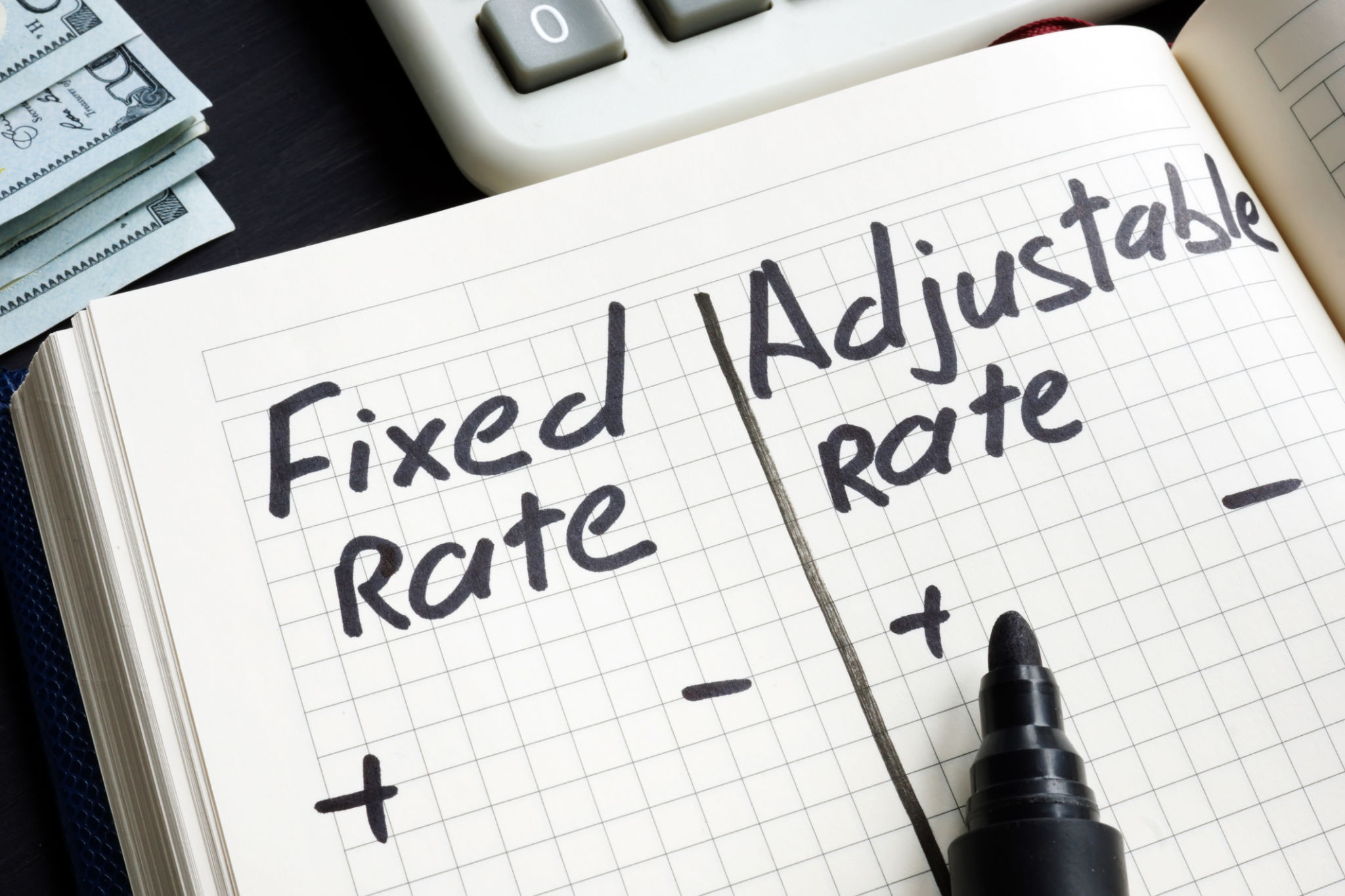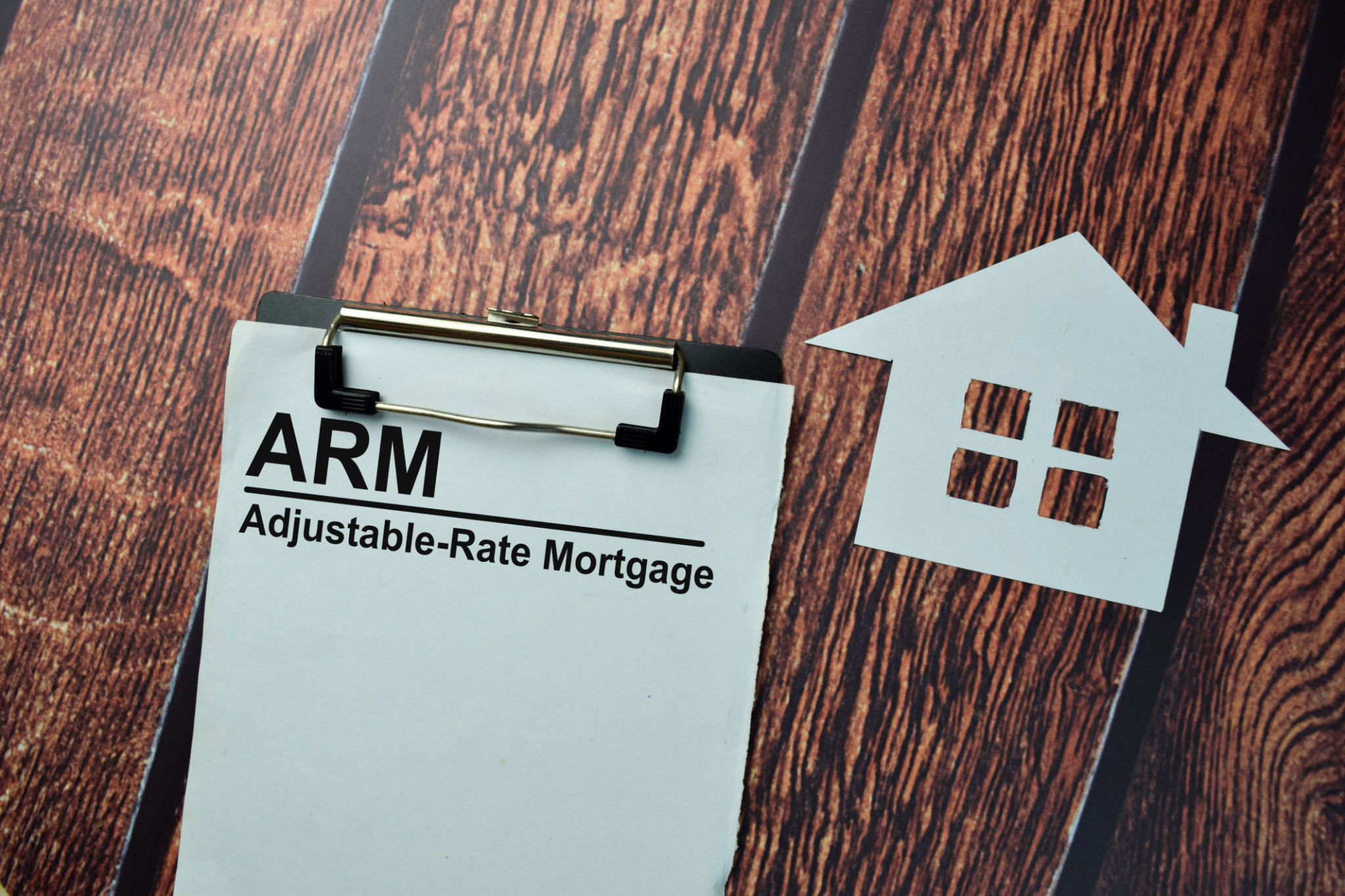The Pros and Cons of Fixed vs. Adjustable Rate Mortgages
Understanding Mortgage Options
When it comes to financing a home, choosing the right mortgage is crucial. Two of the most common types are fixed-rate and adjustable-rate mortgages. Each has its own set of advantages and disadvantages, which can significantly impact your financial future. Understanding these differences can help you make an informed decision that aligns with your financial goals.

Fixed-Rate Mortgages: Stability and Predictability
A fixed-rate mortgage offers the security of knowing your interest rate will remain the same throughout the life of the loan. This means your monthly payments will be consistent, making it easier to budget over the long term. For many homebuyers, this predictability is a key advantage, especially in an uncertain economic environment.
However, the stability of a fixed-rate mortgage often comes with a higher initial interest rate compared to an adjustable-rate mortgage (ARM). This means that while your payments won’t increase, they also won’t decrease if interest rates drop in the future. This could result in paying more over the life of the loan if market rates decline.
Adjustable-Rate Mortgages: Flexibility with Risks
Adjustable-rate mortgages start with a lower initial interest rate, which can make them more affordable. This can be particularly beneficial if you plan to sell or refinance your home before the rate adjusts. ARMs typically offer lower payments during the initial fixed period, which can be anywhere from one to ten years.

The primary risk with an ARM is the potential for your interest rate to increase after the initial period, which can lead to higher monthly payments. This unpredictability can be a significant drawback for homeowners who prefer stable financial planning. It’s essential to consider whether you can afford higher payments if rates rise.
Comparing Costs Over Time
When deciding between a fixed-rate and an adjustable-rate mortgage, it's important to consider the overall cost over time. While a fixed-rate mortgage may have higher initial payments, the total cost can be lower if interest rates rise significantly. Conversely, an ARM could be cheaper if rates remain stable or decrease.
- Fixed-Rate Mortgages: Higher initial rates but predictable payments.
- Adjustable-Rate Mortgages: Lower initial rates but potential for increased payments.
Consider Your Financial Situation
Your financial situation and future plans should heavily influence your mortgage choice. If you have a stable income and plan to stay in your home for a long time, a fixed-rate mortgage might be the best option. On the other hand, if you anticipate an increase in income or plan to move within a few years, an ARM could offer savings.

It's also worth considering how much risk you're comfortable taking on. If the thought of fluctuating payments causes anxiety, the peace of mind offered by a fixed-rate mortgage might be worth the potentially higher cost.
Making the Right Decision
Ultimately, the decision between a fixed-rate and an adjustable-rate mortgage should be based on your personal financial goals, risk tolerance, and market conditions. Consulting with a financial advisor can provide valuable insights tailored to your specific situation. Remember, what works for one homeowner may not be the best choice for another.
By weighing the pros and cons of each mortgage type, you can make a decision that supports your financial health and homeownership goals. Whether you choose the stability of a fixed-rate mortgage or the initial savings of an adjustable-rate mortgage, understanding your options is the first step towards a successful home buying journey.
